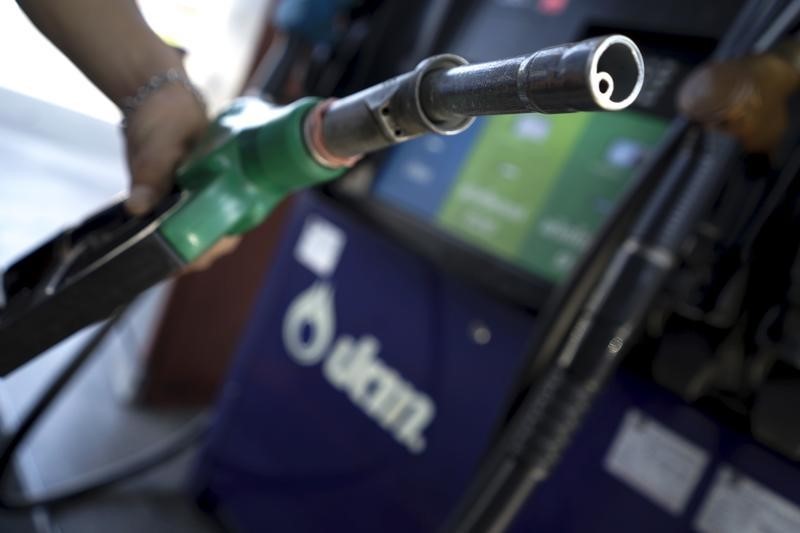AI underweights weigh on large-cap funds performance says Goldman
By Barani Krishnan
Investing.com — Oil was back in rally mode on Thursday, after an early week stumble, as President Joe Biden signed his Covid-19 relief bill into law, sending prices of stocks and commodities ripping on the promise of vaccinations and economic reopening.
Biden’s $1.9 trillion stimulus, one of the largest economic rescue packages in U.S. history, put a firm floor under crude prices that fell more than 3% in the first two days of the week. The correction was driven by concerns that the rally in oil since the end of October may be getting ahead of itself, with gains of as much as 85% over the past four months.
But no sooner had Congress given its final approval on Wednesday to Biden’s “American Rescue Plan,” oil traders cast all such concerns aside, sending crude up in overnight post-settlement trade in Asia. The rally extended on Thursday during the European hours and continued into the U.S. session as the president prepared to sign the bill.
Futures of New York-traded West Texas Intermediate, the benchmark for U.S. crude, settled at $66.02, up $1.58, or 2.5%, after hitting a high of $66.08. That advance added to Wednesday’s 0.7% rebound in WTI and virtually erased the losses from Monday and Tuesday, positioning it for a flat finish on the week, pending Friday’s outcome.
London-traded Brent, the global benchmark for crude, traded at $69.61 by 2:43 PM ET (19:43 GMT), up $1.71, or 2.5%. Brent hit an intraday high of $69.66 and was headed for a 0.4% gain on the week.
“Crude prices benefited from the broader risk-on rally and held onto gains,” said Ed Moya, senior markets strategist at New York-based online brokerage OANDA. “WTI crude seems poised to settle around the low-to-mid-$60s for the rest of the month.”
The rebound in oil over the past two days came despite government data indicating U.S. crude output was recovering faster than refining after last month’s storm-related outages in Texas.
The U.S. Energy Information Administration, in its weekly petroleum supply-demand report on Wednesday, estimated crude production at 10.9 million barrels per day for the week ended March 5, up from 10 million bpd cited for the week ended Feb. 26.
The EIA also said that crude inventories rose 13.798 million barrels last week, compared with industry analysts' expectations for a build of 816,000. The prior week’s build was 21.5 million barrels, even higher than the 19.2 million-barrel increase seen during the week to April 10, 2020, when demand for oil cratered amid the COVID-19 outbreak.
But offsetting some of the impact of last week’s crude build were larger-than-forecast drawdowns in fuel, the EIA said.
The agency said gasoline inventories fell 11.869 million barrels last week, compared with expectations for a 3.47 million-barrel draw.
Distillate stockpiles, which include diesel and heating oil, fell 5.5 million barrels against expectations for a draw of 3.53 million barrels, the EIA data showed.
The sharper-than-expected fuel drawdowns came after refinery crude runs rose 2.4 million barrels last week. The weekly refinery utilization rate improved by 13%, going from a record low of 56% after the Feb. 17 Texas storm, to 69% last week.
That fuel drawdowns allowed some traders to close an eye on the humongous crude builds and mark up in production since the Texas storm.
“We need more real oil buyers in the market for new highs,” said Scott Shelton, energy futures broker at ICAP (LON:NXGN) in Durham, North Carolina. “Are they coming? Absolutely, because demand is ripping and we need higher refinery runs globally and with emphasis on the U.S., where we have drawn down products stocks heavily due to the refinery outages.”
